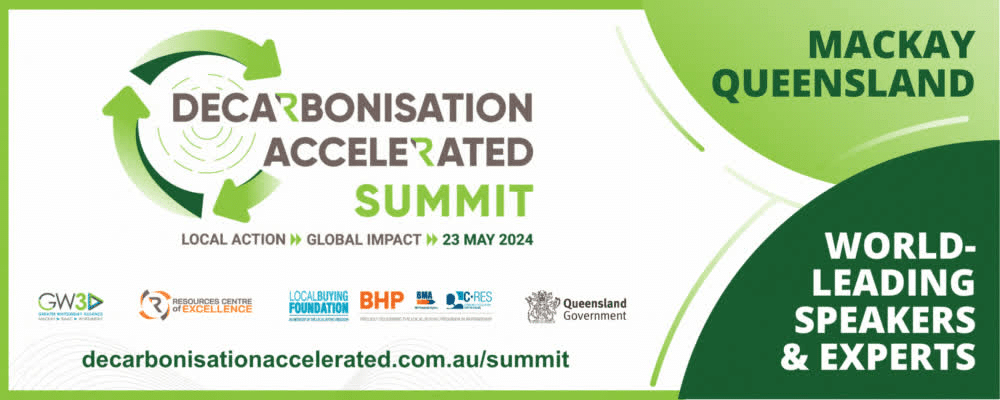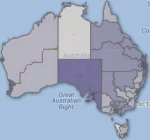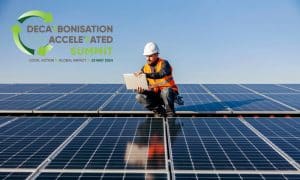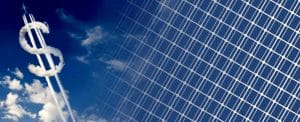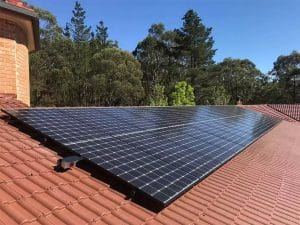If you’ve ever wondered how many solar power systems are installed in your electoral region, this interactive map will tell you that and more.
Created by The Guardian’s Nick Evershed based on details from 100% Renewable’s Solar Scorecard project (which sourced its information from Australia’s Clean Energy Regulator), the interactive map displays the number of home solar installations by electorate, estimated capacity, carbon emissions reduction, electricity bill savings and installation cost.
Here’s how the nation’s top solar electorates in each state stack up (we’ve been informed the CO2 reductions and bill savings are annual estimates):
Northern Territory – Lingiari
– Homes with solar: 1220
– Percentage homes with solar: 2.65
– Dollars invested: $9,150,000.00
– Power bill savings: $683,200.00
– Tonnes of CO2 saved: 3,813
– Installed capacity: 3,050
– Electorate median weekly income: $1,510
Queensland – Longman
– Homes with solar: 13253
– Percentage homes with solar: 24.89
– Dollars invested: $99,397,500.00
– Power bill savings: $7,421,680.00
– Tonnes of CO2 saved: 41,416
– Installed capacity: 33,133
– Electorate median weekly income: $1,103
New South Wales – Page
– Homes with solar: 7950
– Percentage homes with solar: 15.39
– Dollars invested: $59,625,000.00
– Power bill savings: $4,452,000.00
– Tonnes of CO2 saved: 24,844
– Installed capacity: 19,875
– Electorate median weekly income: $824
Canberra
– Homes with solar: 6269
– Percentage homes with solar: 8.22
– Dollars invested: $47,017,500.00
– Power bill savings: $3,510,640.00
– Tonnes of CO2 saved: 19,591
– Installed capacity: 15,673
– Electorate median weekly income: $1,947
Victoria – Murray Electorate
– Homes with solar: 7686
– Percentage homes with solar: 13.06
– Dollars invested: $57,645,000.00
– Power bill savings: $4,304,160.00
– Tonnes of CO2 saved: 24,019
– Installed capacity: 19,215
– Electorate median weekly income: $900
South Australia – Mayo
– Homes with solar: 18021
– Percentage homes with solar: 25.43
– Dollars invested: $135,157,500.00
– Power bill savings: $10,091,760.00
– Tonnes of CO2 saved: 56,316
– Installed capacity: 45,053
– Electorate median weekly income: $1,131
Tasmania – Franklin
– Homes with solar: 2708
– Percentage homes with solar: 7.05
– Dollars invested: $20,310,000.00
– Power bill savings: $1,516,480.00
– Tonnes of CO2 saved: 8,463
– Installed capacity: 6,770
– Electorate median weekly income: $1,094
Western Australia – Brand
– Homes with solar: 13191
– Percentage homes with solar: 20.26
– Dollars invested: $98,932,500.00
– Power bill savings: $7,386,960.00
– Tonnes of CO2 saved: 41,222
– Installed capacity: 32,978
– Electorate median weekly income: $1,335
… and the winner in terms of saturation is the electorate of Mayo in South Australia, with 25.43% of homes in that region having rooftop solar panel systems installed.
According to the Australian Electoral Commission, Mayo covers an area of approximately 9,315 sq km and incorporates the Adelaide Hills, Fleurieu Peninsula and Kangaroo Island. The country towns include Birdwood (part), Bridgewater, Crafers, Echunga, Gumeracha, Hahndorf, Langhorne Creek, Lobethal, Macclesfield, Mount Barker, Myponga, Oakbank, Stirling, Strathalbyn, Victor Harbor, Woodside and Yankalilla.










